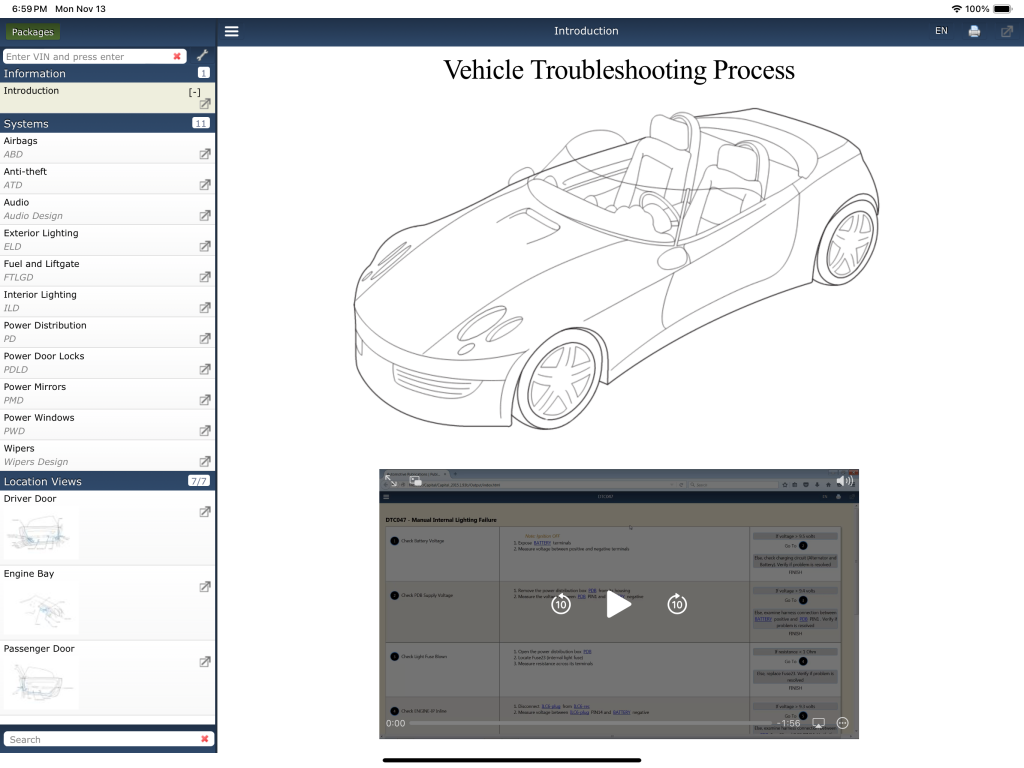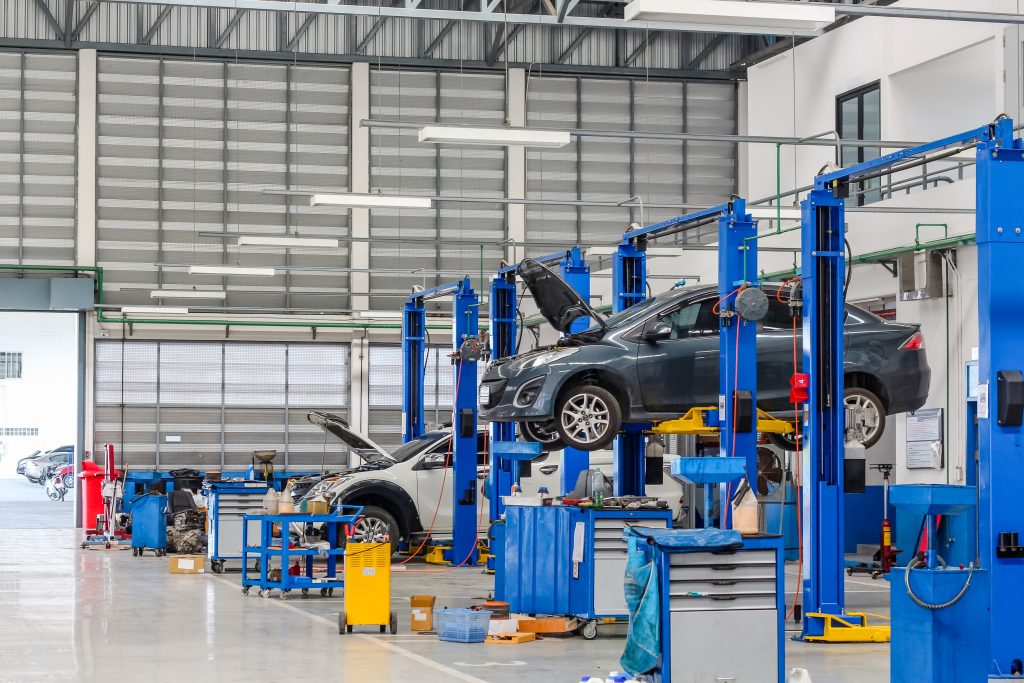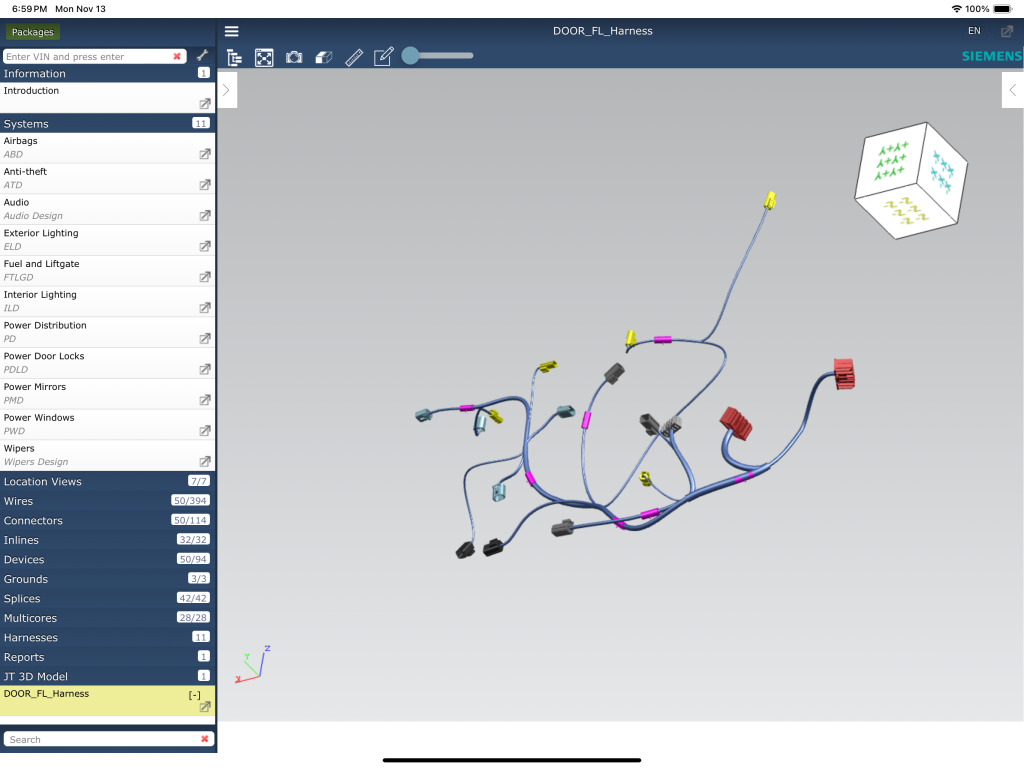Revolutionising Vehicle Diagnostics with Siemens
Journey from Laptop to iPad

AT A GLANCE
Transitioned a complex laptop-based Java vehicle diagnostic application to a native iPad app, leveraging Swift for optimal performance and compatibility with iOS.
Developed a custom backend in Swift to support the application’s sophisticated HTML & JavaScript UI, ensuring seamless data retrieval and processing on the iPad.
Engineered a solution to work within the iPad’s memory limitations, enabling the application to run natively without compromising device performance or user experience.
Implemented a method to read metadata from zip files directly on the iPad, avoiding the need for unzipping and saving valuable storage space while maintaining security.
Delivered a portable, user-friendly, and reliable diagnostic tool that enhances mechanics’ productivity and operates effectively in environments with limited internet connectivity.
“Working with Siemens on this project has been an incredibly rewarding experience. The challenges presented by the initiative were as exciting as they pushed us to innovate and think creatively.
We are thrilled to have met the customer’s requirements and added substantial value to their operations. Projects like these not only test our capabilities but also reinforce our commitment to excellence and customer satisfaction.
The successful delivery of this software stands as a testament to the synergy between Siemens and our team, and we look forward to continuing this partnership in future ventures.”
THE PROJECT
With Siemens vehicle diagnostic project we successfully transitioned their Capital diagnostics software from just being a laptop-based application to an iPad-native solution, circumventing the laptop’s constraints with a more agile and efficient alternative.
Enabling the software to be used on an iPad offers significant advantages. The innovative approach to the app taken by the Inconnect Systems team mitigated the need for a constant internet connection and provides a less cumbersome tool for use in physically tight spaces and sites that have a poor internet connection.
Futhermore, the iPad also has a superior battery life compared to a laptop. This strategic move enhances the user experience for mechanics, leveraging the portability and user-friendly interface of iPads while maintaining the Siemens Capital application’s robust performance.


THE CHALLENGE
Delivery of the Capital vehicle diagnostic application represented a unique opportunity for the Inconnect Systems team to showcase their innovation. They adeptly understood a sophisticated Java application, then adapted and translated its function to support the iPad. Doing so meant that none of the original application’s capabilities or performance was lost, even with the iPad’s limited memory capacity relative to a laptop PC. The team’s expertise and innovative thinking ensured seamless functionality, in line with iOS’s efficient resource management.
The process also embraced the challenge of adapting to Apple’s evolving app development ecosystem and delivered a superior user experience compared to the laptop; the strategic approach not only aligned with Apple’s standards but also transformed the application into a model of mobile convenience and reliability.
THE JOURNEY
The journey to adapting the Siemens Capital diagnostic application to work on the iPad by our team is a testament to our innovative problem-solving and technical proficiency. The transition from a laptop-based Java application to a native iPad application necessitated the use of Swift, a programming language that aligns with the performance and compatibility requirements of iOS devices. The initial technical analysis of the existing Java application uncovered a complex user interface built with HTML and JavaScript, which frequently called upon a Java backend for data retrieval.
Recognising that the iPad lacked an off-the-shelf backend ‘server’ solution compatible with the existing system that ran natively on an iPad device, the team embarked on developing a bespoke backend server in Swift. This new backend was crafted meticulously from the ground up, ensuring that it would seamlessly integrate with the application’s frontend while respecting the iPad’s memory constraints. The team’s commitment to a native iPad experience meant careful architectural planning to ensure the application would run efficiently without taxing the device’s resources and meeting the requirement of not needing an external internet connection to function.
A notable challenge was the handling of metadata stored in zip files. The conventional approach of unzipping files on the device was not viable due to space constraints and potential security and performance issues. Respecting this limitation the team engineered a solution that allowed the iPad to read the necessary data directly from the zip files, circumventing the need to decompress them and thus preserving the iPad’s storage and maintaining the system’s integrity.
Throughout this journey, the team remained focused on the need to deliver an application that was not only functionally robust but also adhered to the stringent standards set by iOS development protocols and Siemens.
Our success in this endeavour is evident in a streamlined, user-friendly diagnostic tool that is a significant enhancement over traditional laptop-based solutions.



